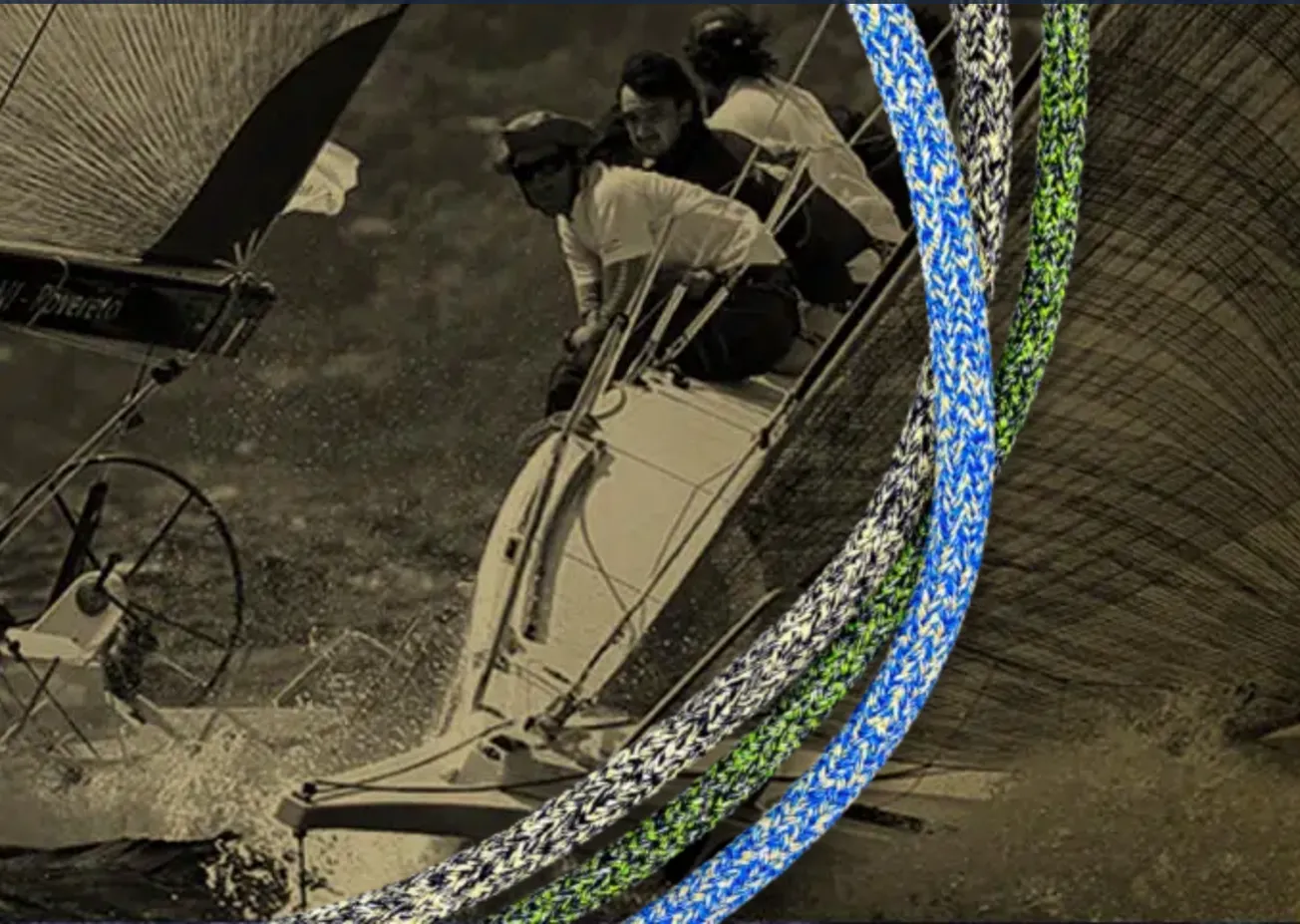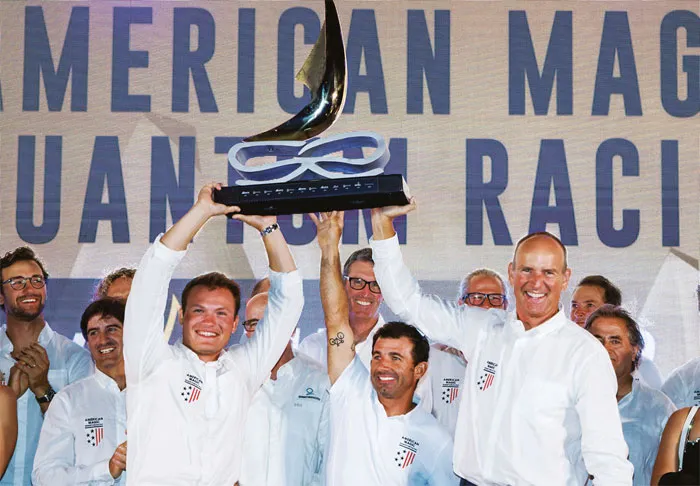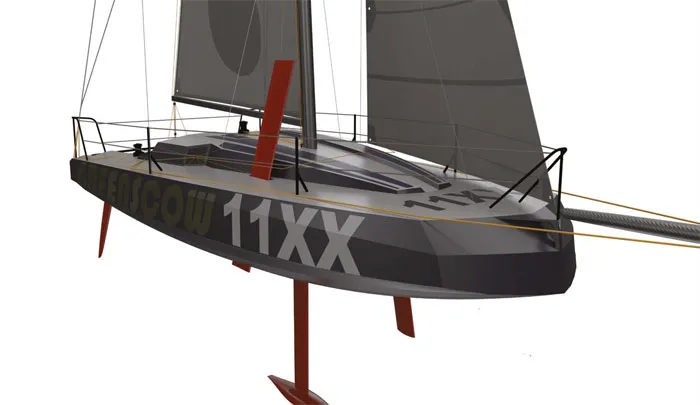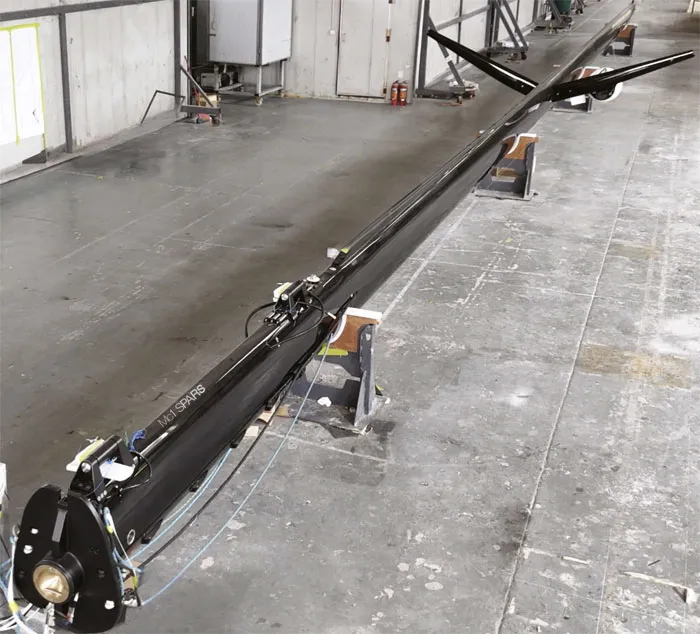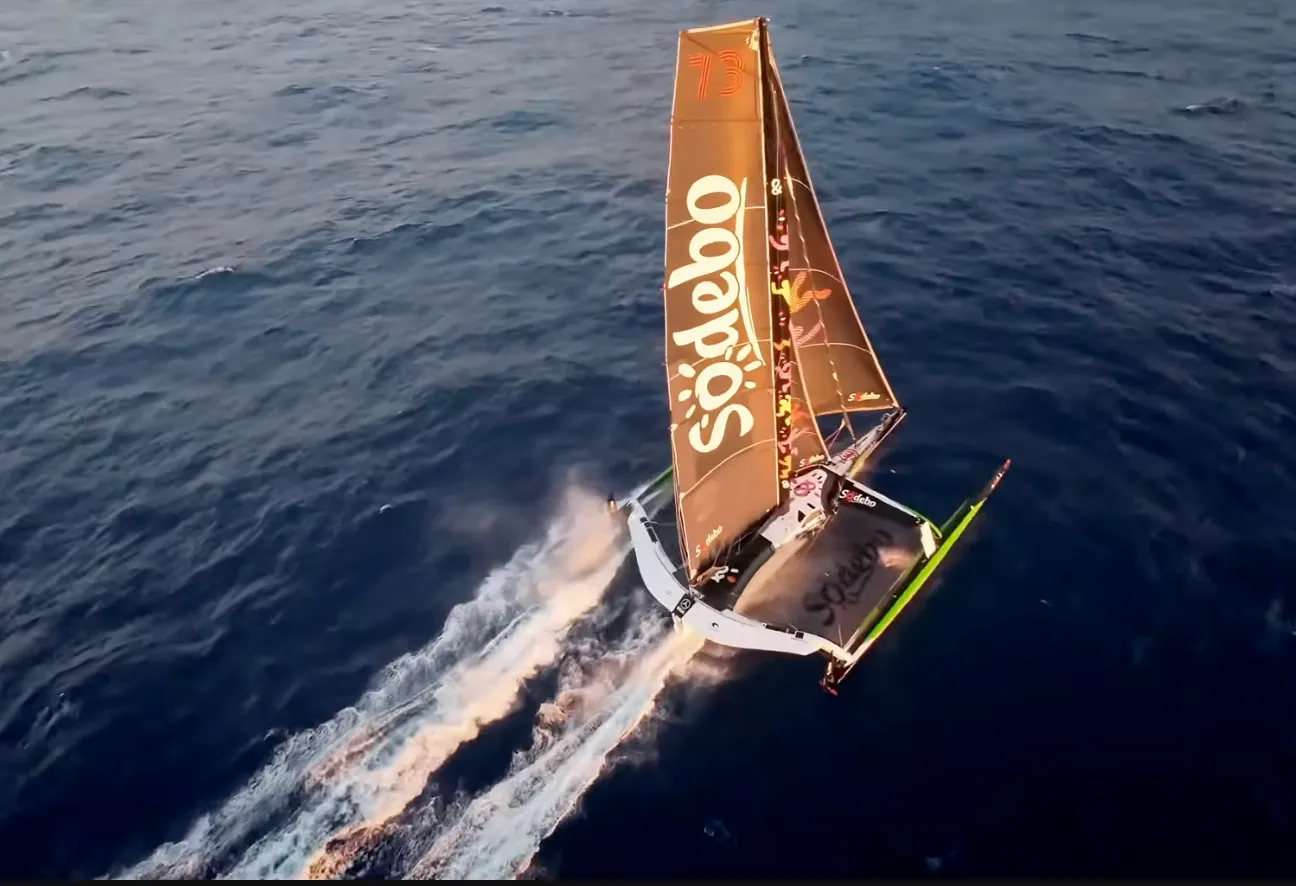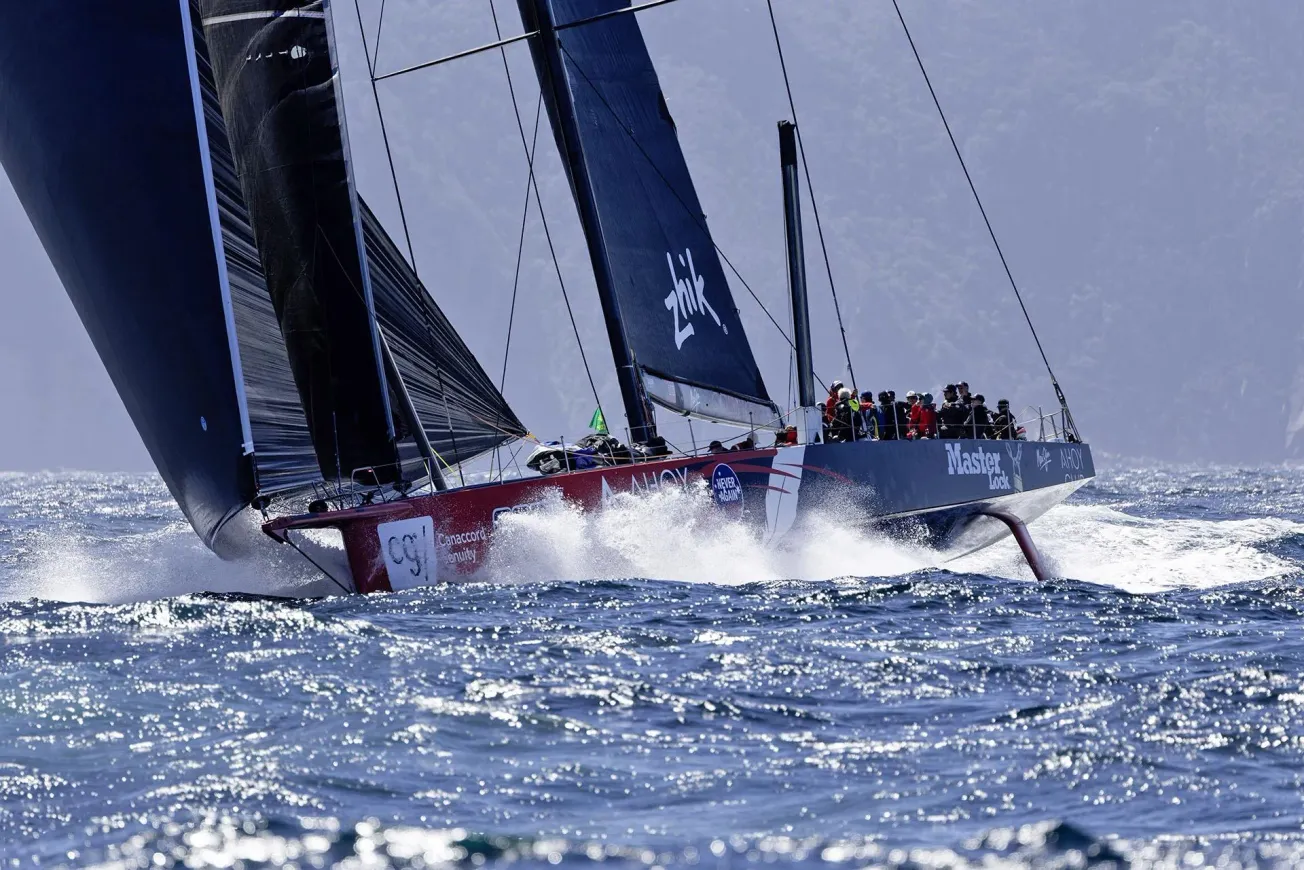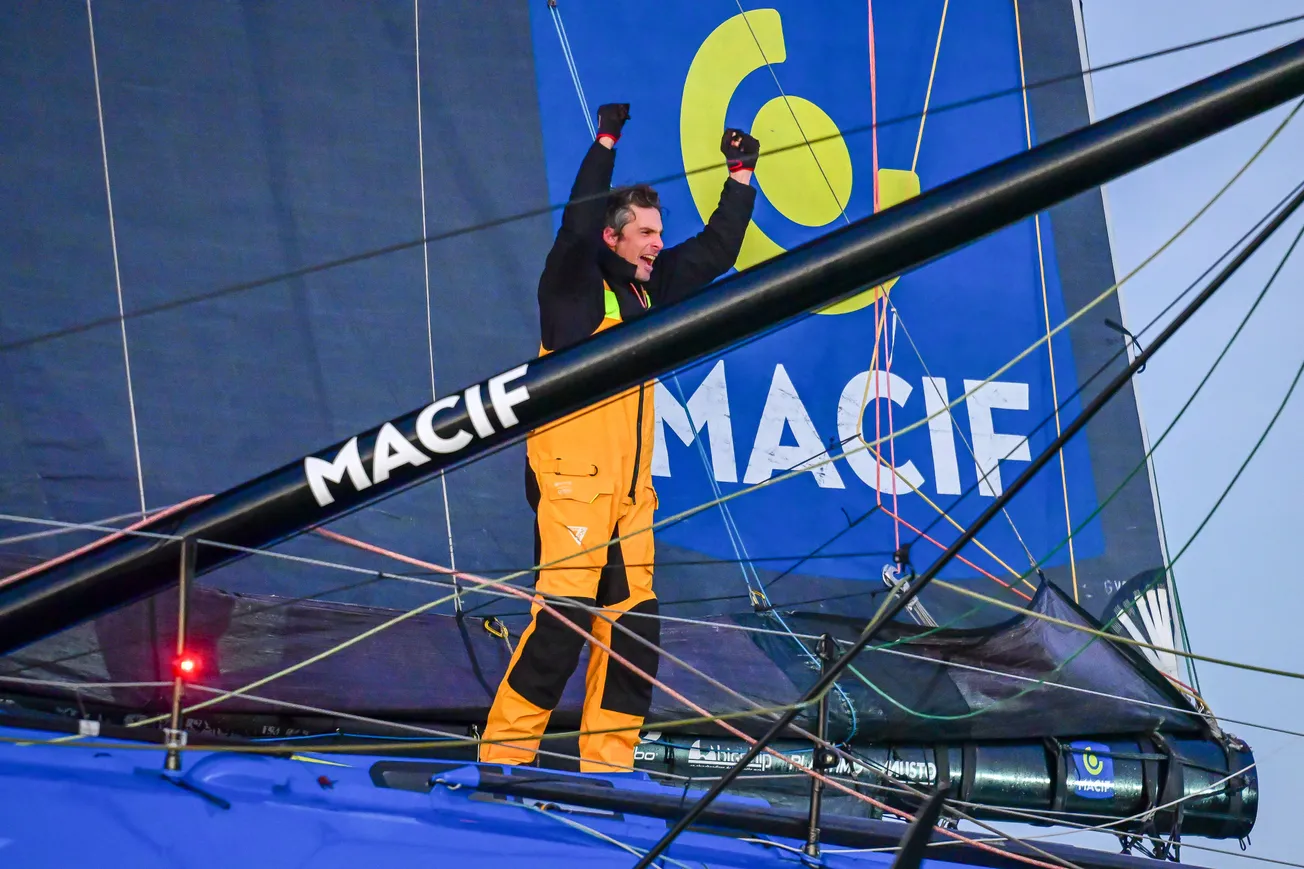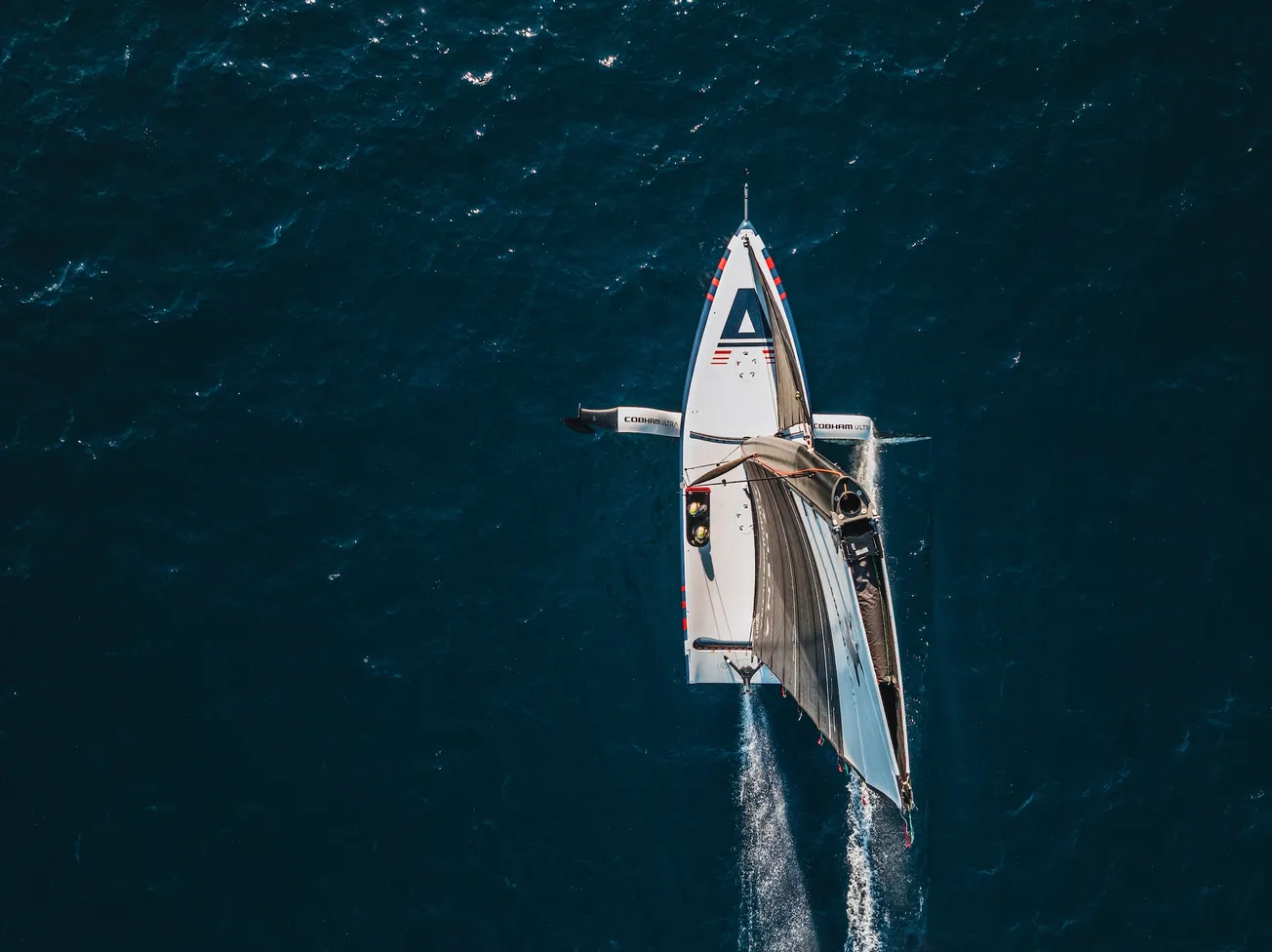


The Royal Ocean Racing Club (RORC) has announced a significant development for its trio of prestigious Atlantic and Caribbean offshore races. The natural twin harbours of Falmouth and English Harbour in Antigua are set to become the central focal point for the RORC Transatlantic Race, the RORC Nelson’s Cup series and the RORC Caribbean 600 race.
This strategic decision follows the relocation of the finish line for the 12th edition of the RORC Transatlantic Race to Antigua, which has long been a premier destination for the international yacht racing community.
As a result, these three events now form a more cohesive and enticing proposition for competitors, who range from hugely experienced regulars seeking further challenges to enthusiastic first timers seeking compelling bucket list adventures.
Critically, this change in the Transatlantic Race's finish destination, moving it to Antigua, offers substantial logistical advantages compared with its previous endpoint 300 nautical miles further south. In particular, it will reduce the complexities often associated with transatlantic racing, making participation more accessible and manageable. Competitors will also benefit from Antigua’s well-established maintenance facilities for yachts of all sizes, alongside a skilled marine trades workforce.
All three events are more than simply yacht races – they are diverse and unforgettable experiences. Competitive head-to-head battles with global sailing legends, for example, are followed by sun-soaked Caribbean evenings at the dock, all with a backdrop of unbeatable scenery and vibrant local culture.
The 3,000-mile RORC Transatlantic Race is the second race in the Royal Ocean Racing Club's 2026 Season Points Championship, the world's largest and most popular offshore racing series. It also covers by far the longest distance of any race in the series.
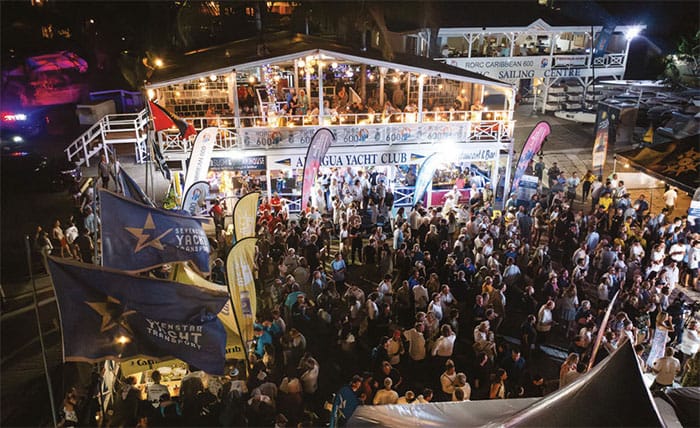
Marina Lanzarote in Arrecife, the capital of Lanzarote makes a fantastic pre-start venue with affordable state-of-the-art facilities including a travel hoist capable of lifting up to 820T and two large pits, plus mobile cranes that can lift between 50T and 400T. It is the ideal location to carry out any repairs and has the ability to accommodate yachts of up to 80m overall length and seven metres draught. The marina village also includes a choice of excellent bars and restaurants to suit a variety of tastes and pockets as well as a supermarket.
The combination of Lanzarote’s natural beauty, friendly welcome and comfortable temperatures helps make this venue an ideal mid-winter break for families and friends, with easy flights from most parts of Europe and also from the eastern seaboard of North America.
The Calero Marinas group is a key long-standing partner of the race and hosts a wonderful gala dinner for crew as part of a full social programme. This is also an excellent location for pre-race preparation ahead of the rigours that the Atlantic Ocean can throw at a boat. Indeed, Daniel Calero is fully au fait with the needs of the yacht racing community in this respect as an owner-driver in the RC44 class. At the time of writing, for example, his Lanzarote Calero Sailing Team had just spent a week racing at Porto Cervo in Sardinia and Porto Calero has hosted the class’s world championship on multiple occasions.
The 12th edition of the RORC Transatlantic Race will depart from Arrecife in January 2026. Finishers expected to arrive in Antigua between six days and three weeks later. This will give a decent gap before the start of the Nelson’s Cup Series on 17 February and the Caribbean 600 which starts on Monday 23 February. The schedule allows plenty of time for any maintenance or repairs needed after the Atlantic crossing to be carried out, without the complexities associated with planning them around a delivery trip.
This timetable also gives plenty of time for crews to return home between the events. Alternatively, for those with sufficient spare time Antigua is a great jumping-off point for exploring the rest of the Leeward Islands, including the quieter gems such as Barbuda and Anguilla, to the north the BVIs and to the south the beautiful island of Grenada.
The RORC Nelson’s Cup and RORC Caribbean 600, the 17th edition of which will take place in 2026, are both firmly established fixtures in the international calendar, attracting a broad swathe of both Corinthian and professional entries. The latter follows a 600-mile course in warm trade winds and tropical seas around 11 spectacular islands that are carefully chosen to provide technical challenges that consistently attract the world’s top offshore racing teams.
Competitors can choose from a variety of rating systems including IRC, CSA and MOCRA. The C600 is also an event in the Class40 calendar and there’s a dedicated IRC two-handed class.

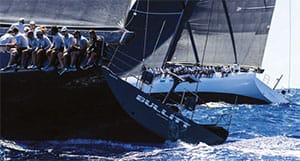
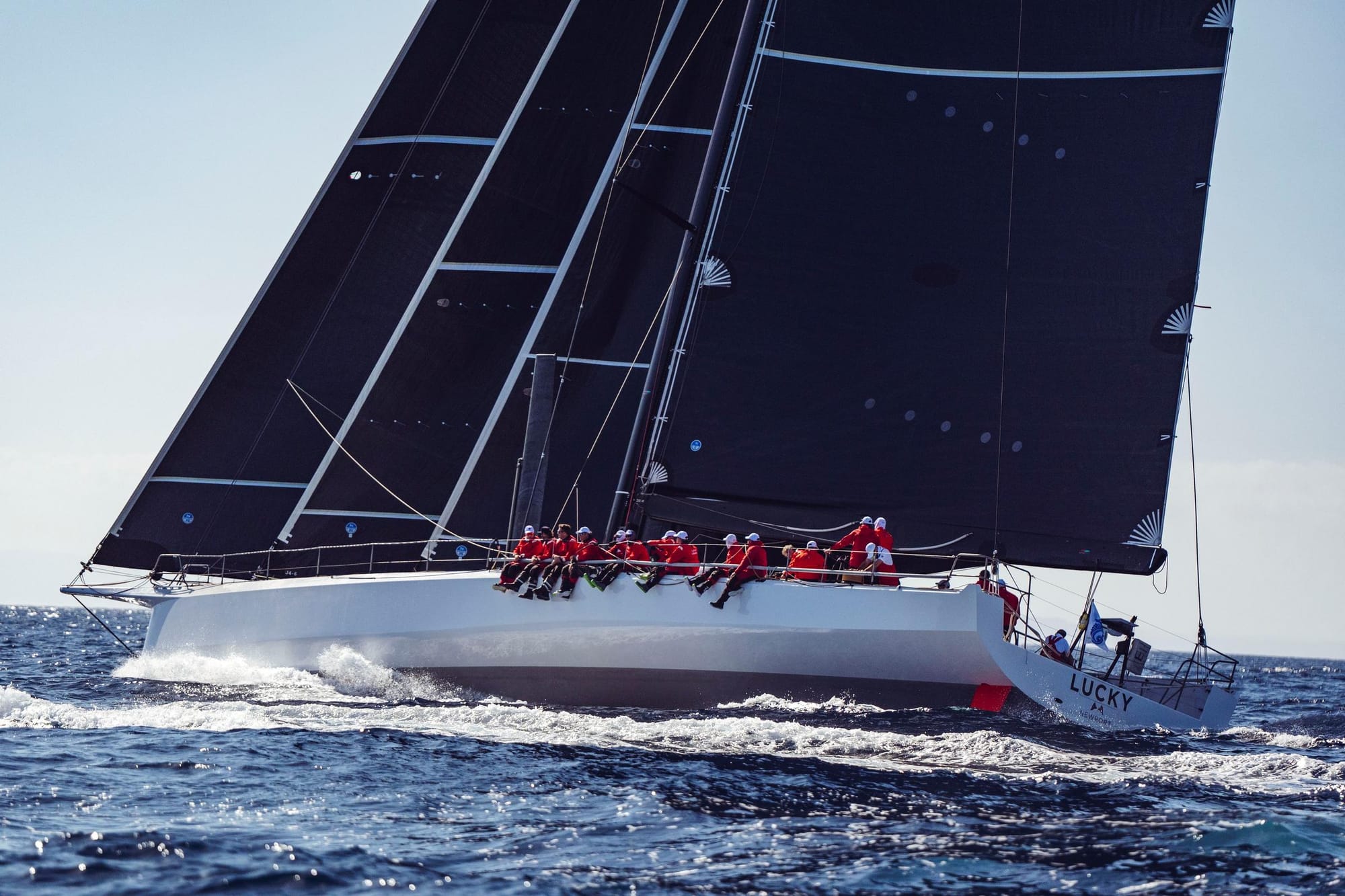
1. The course of the Caribbean 600 delivers a wide variety of sailing conditions, technical and tactical challenges. 2. The Wally 93 Bullitt won the new Maxi Series which was added to the Nelson’s Cup this year. 3. The RORC Transatlantic Race is a 3,000-mile tradewind passage.
The Nelson’s Cup Series is a perfect prequel ahead of the popular RORC Caribbean 600, providing a high intensity warm-up thanks to a well-established format that enables skills and teamwork to be honed. The focus over the first two days is on six inshore races, which also provide a chance to assess competition in the IRC classes, while racing alongside grand prix raceboats and Maxi yachts.
A new Maxi Series was added to the Nelson’s Cup this year, which saw close competition between eight yachts from 62ft upwards. At the end of a closely-fought series Yacht Club Costa Smeralda commodore Andrea Recordati’s Wally 93 Bullitt took overall victory, despite having only won one race. ‘Antigua is very special, there's a lot of sailing history here,’ he says. ‘The conditions this week have been exceptional; very challenging to say the least, in terms of the sea state and wind. The courses have been extremely well laid out, the fleet was fantastic, it's incredible how close the racing was. It's really been a lot of fun – I would definitely come back.’
The 52-mile Antigua 360 round the island race then concludes the Nelson’s Cup series and takes place a couple of days before the start of the C600 itself. This gives an opportunity to get to know the first few miles of the Caribbean 600 course, as well as the last few miles, which are invariably tightly fought in the lee of the island. Crews get to enjoy Antigua’s stunning scenery, passing offshore reefs in crystal clear waters, pristine palm-fringed white sand beaches and a myriad of deeply indented bays that make excellent anchorages for the many cruising yachts that visit Antigua.
The whole Nelson’s Cup series has a friendly vibe onshore, with the daily prizegivings giving an opportunity to catch up with old friends and meet rival crews. Equally, amateur teams get to rub shoulders with some of the best-known names in the yacht racing world.
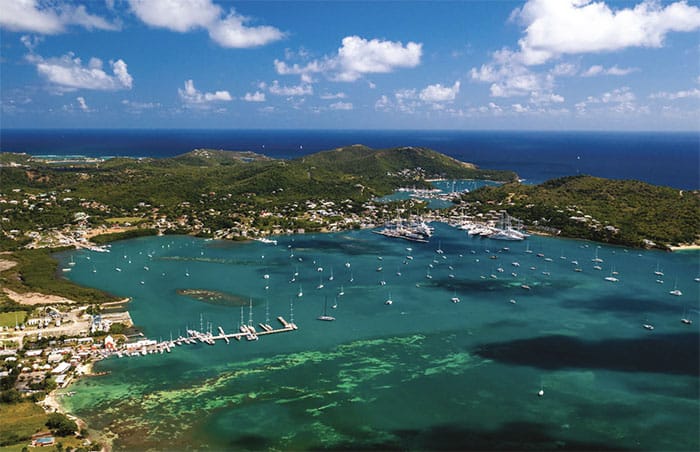
The Caribbean 600 itself starts from Antigua’s historic Fort Charlotte. Competitors then engage in tactical tacking battles close under the high ground of Shirley Heights, making for dramatic photographs, as well as raised adrenaline levels. The 600-mile course then weaves around a myriad of stunningly beautiful Caribbean islands, including cosmopolitan St Maarten and chic St Barths, as well as the smaller, more rugged and very sparsely populated islands of Eustatius and Saba.
In typical trade wind conditions the course combines short beats and runs with long power reaching legs, giving crews heaps of fun, while giving navigators plenty to think about. Acceleration zones between islands or near headlands add to the mix, as do large areas of wind shadows in the lee of Guadeloupe and other islands.
‘As I started to get more and more involved in ocean racing it was clear we had to come here and the RORC Transatlantic Race was the obvious choice to get here,’ says Christian Zugel, whose American Volvo 70 Tschüss 2 was overall winner of both the RORC Transatlantic and Caribbean 600 races earlier this year. Talking after the finish of the C600, he added: ‘This was an extremely competitive race with 11 entries in IRC Super Zero, with amazing boats like Leopard, Pyewacket, Lucky, Aiolos and Balthasar, just to name a few.’
These three RORC events offer a perfect blend of challenging offshore and inshore racing, warm Caribbean hospitality, and stunning scenery that’s set to continue attracting sailors from around the globe. At the same time, the geographical integration of the Transatlantic Race finish with the venue for the Nelson's Cup Series and Caribbean 600 opens the door to a greater number of participants, while further improving the experience for regular competitors.



